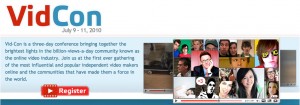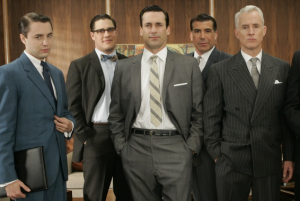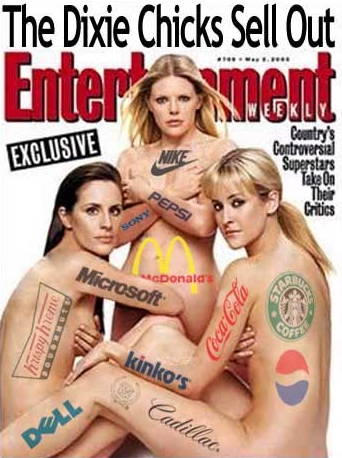This video shows Hank Green (with his lesser known 3rd Green brother) announcing VidCon, taking place July 9-11, 2010 in Los Angeles, California. Here’s the official VidCon website.
For those of you familiar with the Vlogbrothers (John and Hank Green), I don’t need to tell you what an enormous connection they have with the vibrant and growing community of online-video. They’re funny, smart, and selfless; this week they’ll be orchestrating another “Project for Awesome,” where they encourage fellow video creators to make a video about a charity… to “reduce world suck.”
So it wasn’t surprising that they’ve attracted the “Who’s Who” of online video… literally the most-viewed and most-subscribed video creators of YouTube and beyond. Also- if you know Hank and John, you’ll know that the admission price is to cover costs, and proceeds are for charity. These guys aren’t interested in making money, but these events cost a lot to do well. So I’ve got little sympathy for those few dozen people who feel a price tag is “anti-community, man”- sing that tune to your waitress at IHOP, kids.
For you online-video industry people who are less familiar with the community side, I have one piece of advice. Attend. If I could only attend one conference this year, it would be this one.
There will be a series of professional tracks covering advertising, marketing and production. But of course you can see the “brains” of online video at any conference. This one you’ll see the brain and the heart. And you really don’t know online-video until you’ve seen the heart… watched the most-viewed amateurs interacting with the fans… seen the groundswell of enthusiasm about a medium that’s changing people’s lives… see the friendships among the talented people (and me).
The informal YouTube gatherings — like 7/7/7 — have brought hundreds and even thousands together in various cities, but this one’s actually organized and planned. So it’s likely to be a huge event. Book your hotel early, friends.
If you’re interested in speaking slots, panels or sponsorships (imagine how many videos your logo can show up on, and how many millions of times it will be seen), let Hank know or shoot me a note (I’m volunteering to help on the professional side). Much of that will be formalized by the end of January. In the mean time, follow VidCon on Twitter.




